Using Technology to Drive Language Skills and Create Meaningful Learning Opportunities
Like many teachers, I’m always considering how I can engage the learners in my classroom. I teach Grade 3 French Immersion, so I have the added challenge of motivating my students to speak in French to each other. Enter Minecraft: Education Edition. I’ve been using Minecraft in the classroom as a platform for students to create collaboratively in French for the past five years. In October 2018, I had the opportunity to join ECNO, Fair Chance Learning at Microsoft’s Play.Craft.Learn Summit for two days and learn about some innovative uses of Minecraft: Education Edition with the inspiring Stephen Reid. Invigorated with new ideas, I went back to the classroom with a vision of having my students building a French city and being able to take other classes on a virtual field trip before the end of the year. Students were very excited to begin building our French city that we called Francoville and they communicated to one another to work through the build, all the while the French was happening in the background, as the language of communication.
Minecraft has proved to be an incredibly powerful tool to drive authentic and spontaneous conversation in French, while developing collaboration, communication, and problem-solving skills. To culminate our year of learning, we invited six other classes from our school to go on a virtual French field trip to Francoville, with my students serving as tour guides. The classes that visited were a mix of Core French students and French Immersion students alike. During the last week of school, students in Grades 3 to 8 paired up with students from my two Grade 3 classes and explored their buildings, listening to my students describe their work, and asking questions, all in their second language.
When my students started to build in Francoville, I had brought some miniature models of houses that I had built into the class to show my students as inspiration for their homes. A few students decided to challenge themselves to recreate the model homes in Minecraft. During the day of our virtual field trip, we had the actual model houses on display so students could compare them to the ones recreated virtually in Minecraft. We also exported the homes in Minecraft using structure blocks and projected them on Merge Cubes that we had available in the classroom so that students could then see the homes in augmented reality, along with some of the other homes that students built in Minecraft. Students were amazed with what the students were able to create virtually, but we wanted to bring it back to reality. Using a Dremel 3D Printer on loan from HP and Fair Chance Learning, we printed a 3D model of one of the dragons guarding Francoville’s epic castle and one of the recreations of the model house. We had another model house printing as students visited our classroom. For many of the students, it was their first time seeing a 3D printer in use and they were amazed by how it worked. Students were impressed and curious about how this model house turned into something virtual in Minecraft, then was possible in augmented reality with the Merge Cube, and finally able to be something physical again with the 3D printer. The conversations and questions that it sparked were inspiring and all this worked together as a perfect catalyst to encourage and motivate all these students to try to communicate in French as they learned together. This process fueled conversations about how we can solve real-world problems by creating virtual solutions to said problems, and then actualize those solutions with a 3D printer.
About the Author:
Kurtis is a Grade 3 French Immersion teacher with the Algonquin & Lakeshore Catholic District School Board in Belleville, Ontario. He is passionate about games, technology, and French learning. He is currently a part of the Microsoft Innovator Educator Expert Community and is a Global Minecraft Mentor.


